
1. NDEBELE HOME : UMUZI 🇿🇼
In the olden days umuzi/ homestead of the Ndebele state consisted of a 'headman' : umnumzana or umninimuzi. Umnumzane lived with his wives and children, his younger brothers and their families as well, and their married sons.
In the olden days umuzi/ homestead of the Ndebele state consisted of a 'headman' : umnumzana or umninimuzi. Umnumzane lived with his wives and children, his younger brothers and their families as well, and their married sons.
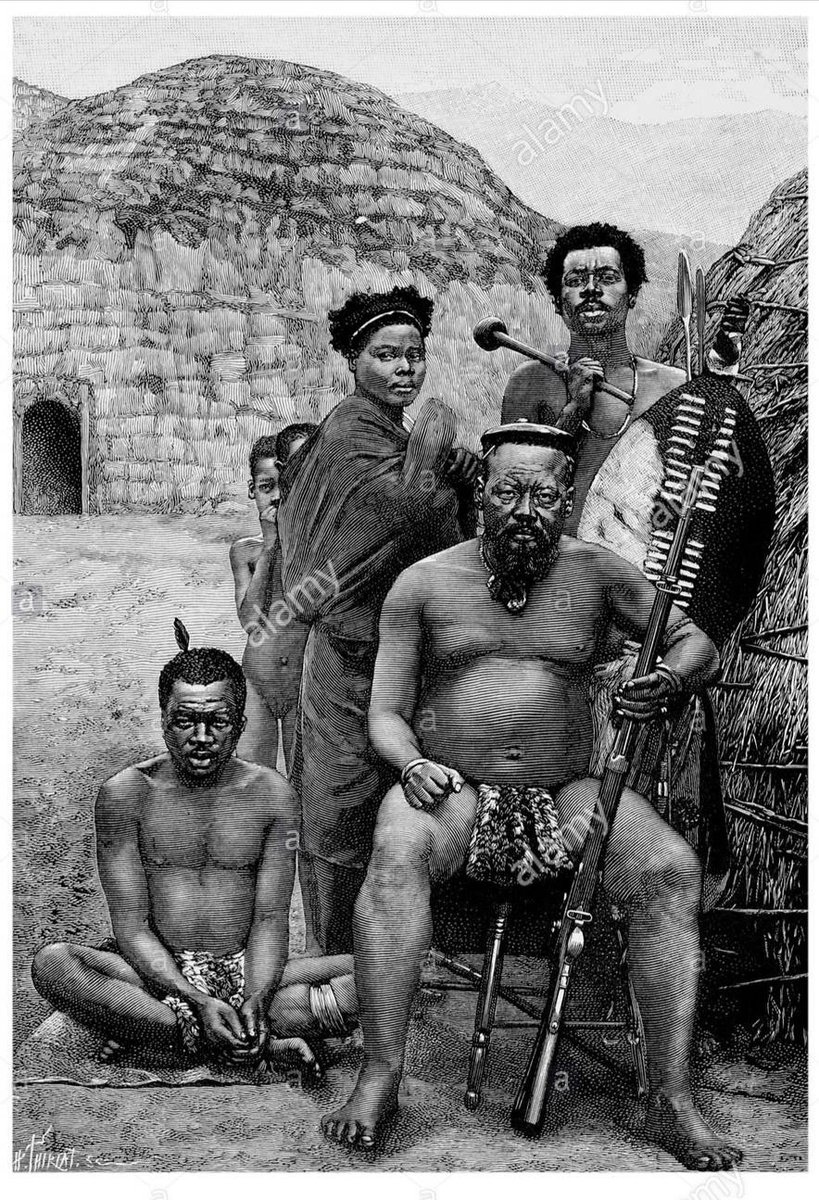
2. Umuzi was a full fledged and self contained economic unit. Each umuzi had its own cattle, goats and sheep for the supply of meat and milk. It had its fields/amasimu for the growing of amabele, vegetables and other crops to feed its inhabitants. 
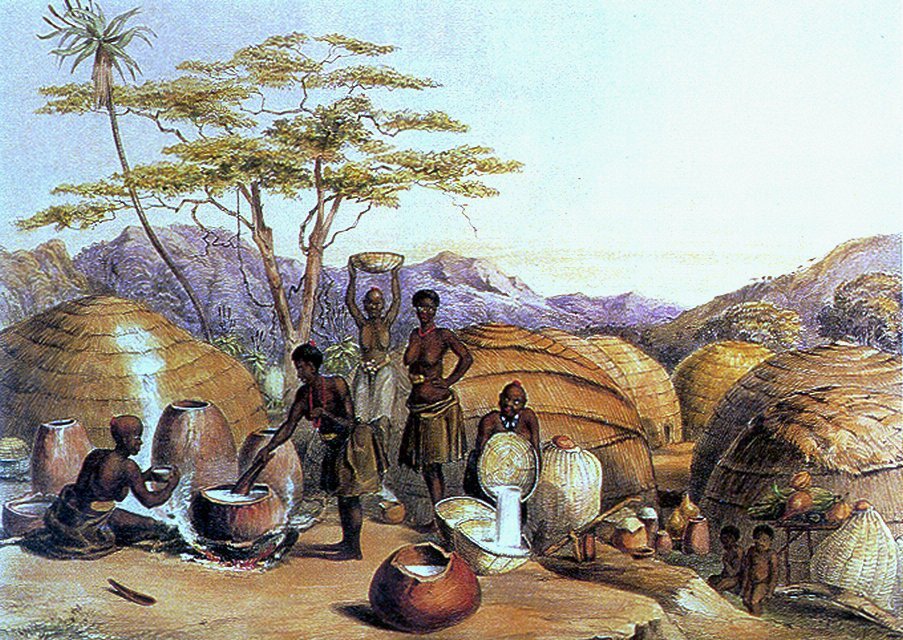
3. Umuzi was circular in form and was usually built on high sloping ground, and had to face east. The slope had to fall away to the main entrance so that the dwelling place was on higher ground,to overlook the rest of umuzi. In the centre was the cattle byre/isibaya 

4. Isibaya was sacred, like a family temple, where important spiritual rituals were done. It was believed that the ancestors lingered there. Many rituals like ukucola were performed there and upon death umnumzana was buried esibayeni. Women were rarely permitted to enter isibaya. 
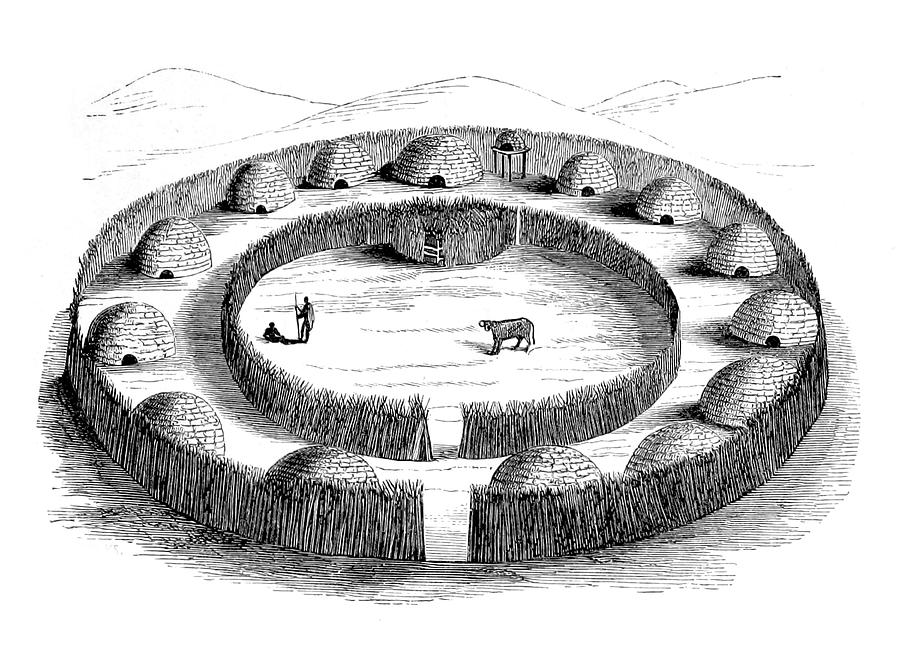
5. Dwelling houses/izindlu (indlu :singular) in umuzi were built between the perimeter of isibaya and uthango, the outer fence around umuzi. Izindlu were made in a beehive shape using bended saplings and grass. 

6. The senior wife dwelt in the largest and central house directly facing the entrance of umuzi. This house was known as indlunkulu. On the right of the main entrance of umuzi dwelt the second wife, the right hand , known as iqadi and on the left was the third wife, ikhohlo. 
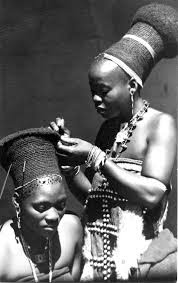
7. The head of umuzi ensured that umuzi was protected from evil spirits and attacks from witches. Izinyanga were engaged to strengthen /qinisa umuzi through isikhonkwane/ peg fastened on the ground to protect it from evil & other rituals. The process was known as ukubethela. 🔚 
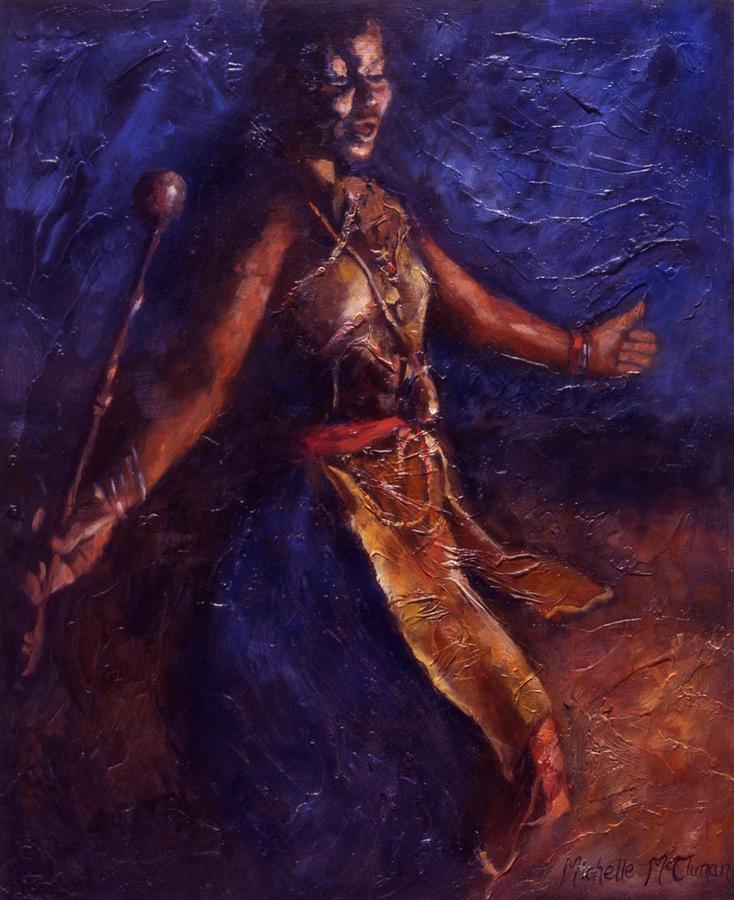
• • •
Missing some Tweet in this thread? You can try to
force a refresh




















